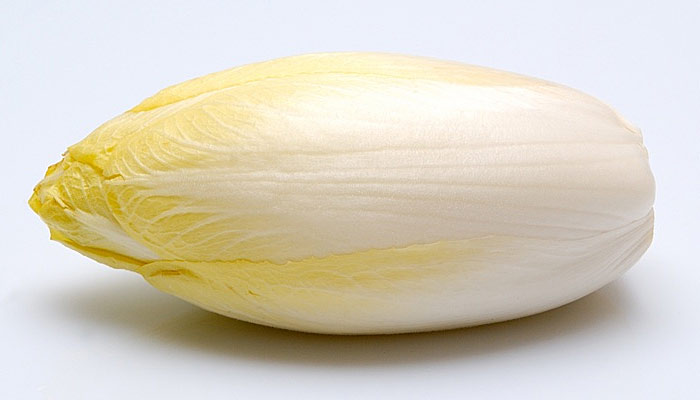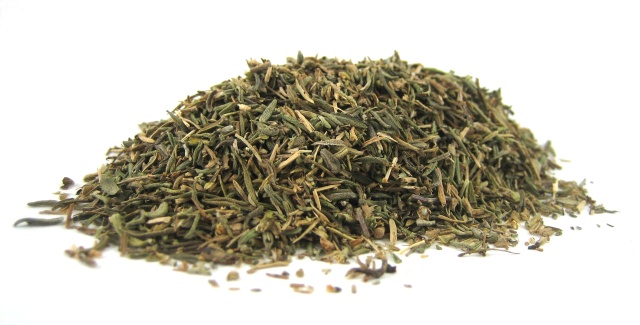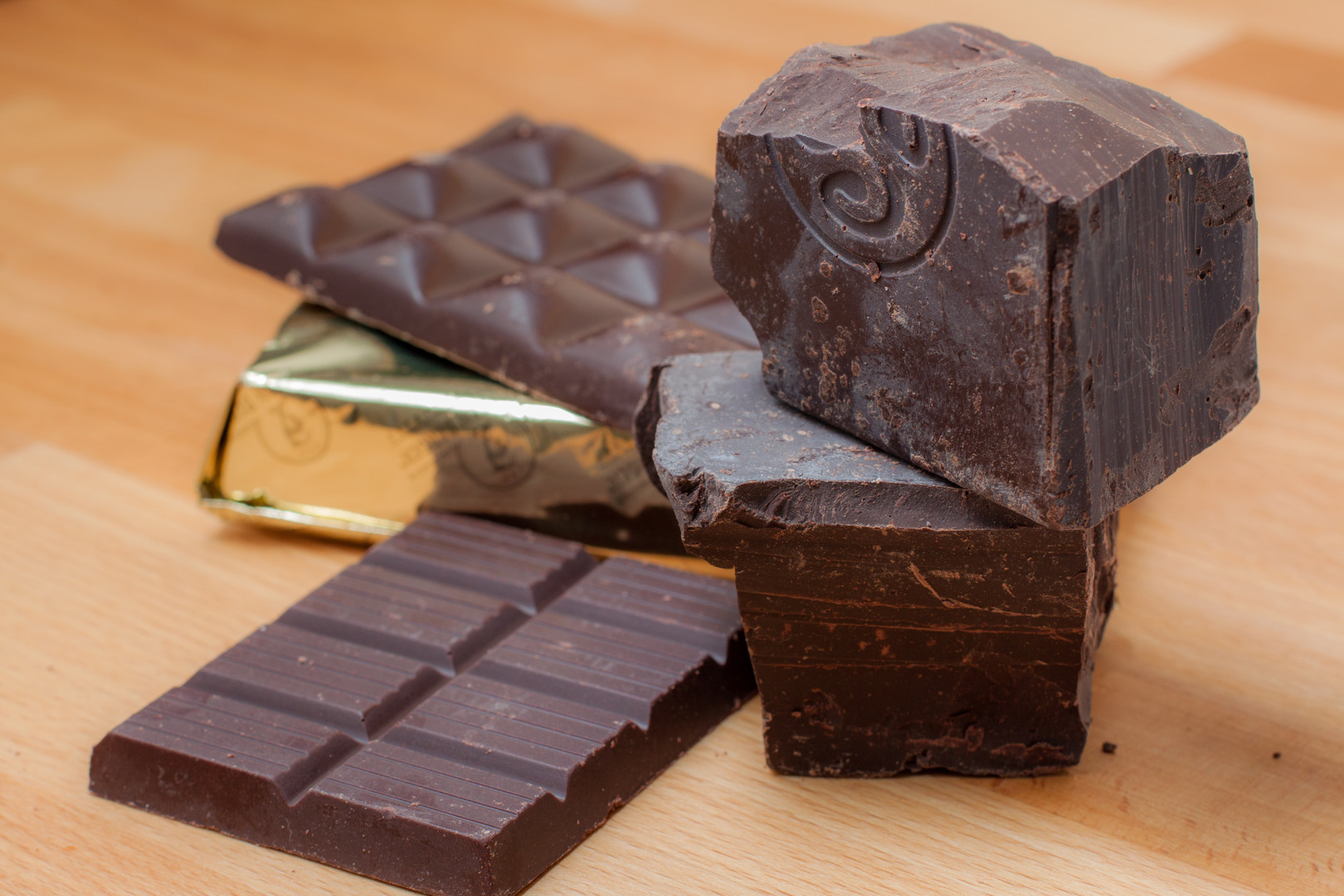by Gill | Sep 13, 2017 | Digestion, Healing Food Facts, Health Conditions, Natural Facts
See my Glycemic Load of Foods Table here (opens new Tab) [pdf-embedder url=”http://doctormurray.com/wp-content/uploads/2017/09/Glycemic-Load-of-Foods-Table.pdf” title=”Glycemic Load of Foods...

by admin | Oct 24, 2016 | Healing Food Facts, Most Recent
Beets are a unique vegetable as both the root and leaves are typically consumed. They originated in North Africa, and along Asian and European seashores. Cultivated by the Romans, beets were spread throughout the eastern hemisphere by invading tribes. Perhaps one of...

by admin | Aug 13, 2014 | Healing Food Facts
Endive is a chicory green that is today, much more popular in Europe than in the United States. Although its recognition is growing, it is still largely under valued. Endive is a member of the Compositae family, along with artichokes, dandelions, and lettuce. Chicory...

by Gill | Jul 8, 2014 | Healing Food Facts
Thyme is a small evergreen shrub and member of the mint family. Native to the western Mediterranean, thyme has been utilized since ancient times for its culinary, aromatic, and medicinal properties. In ancient Greece, thyme was burned as incense during sacred...

by admin | Jul 1, 2014 | Healing Food Facts
Prunes, or dried plums, originated near the Caspian Sea – the same area where European plums originated. As people migrated, so did prunes throughout Europe and eventually to the New World. Today, California is the world’s leading producer of prunes. To produce...

by Gill | Jun 25, 2014 | Healing Food Facts
At the center of chocolate’s health benefits are flavonoids. These plant pigments are responsible for many of the health benefits of many fruits and medicinal plants, but chocolate may be a much more sensually pleasing vehicle. In addition, there is evidence that not...







